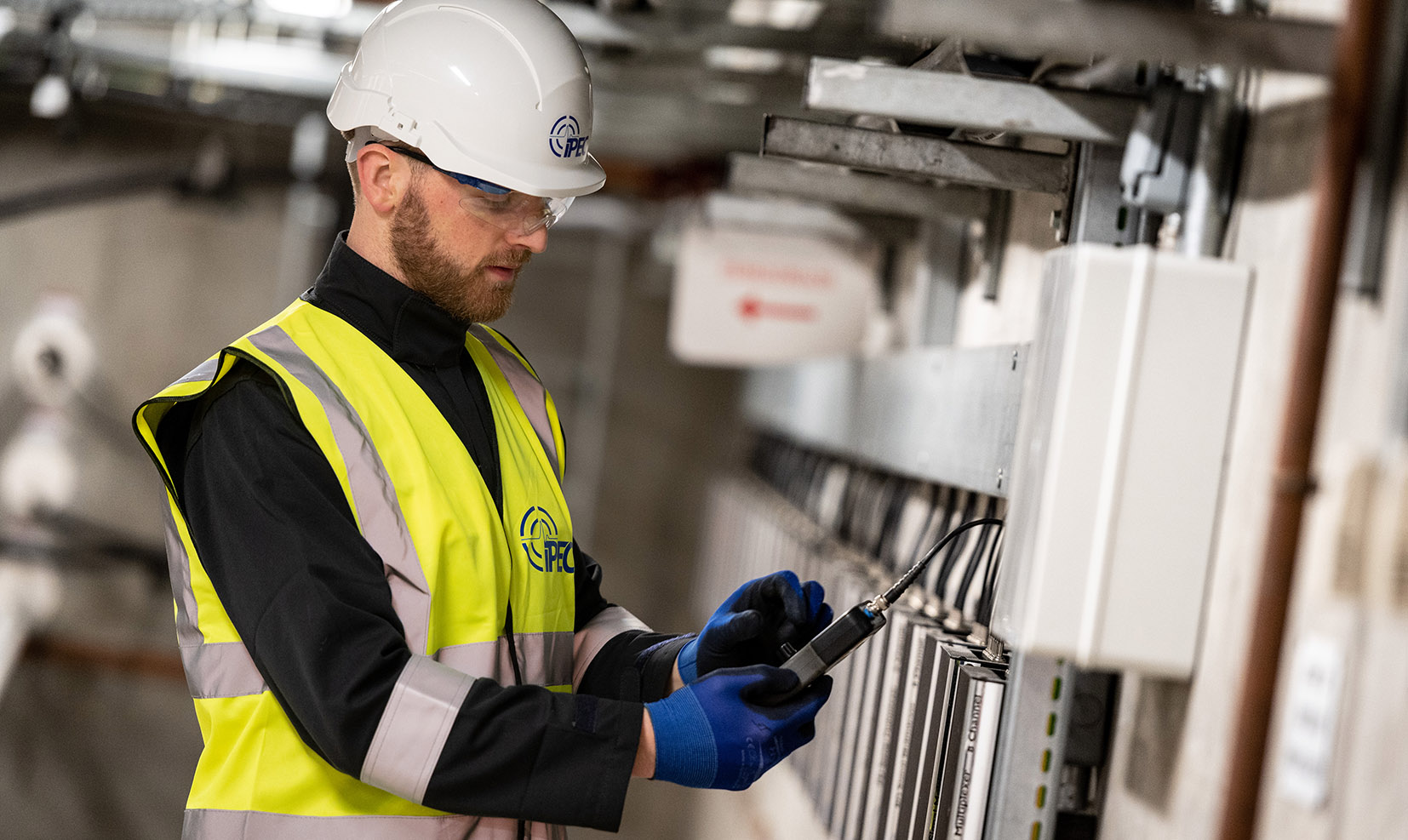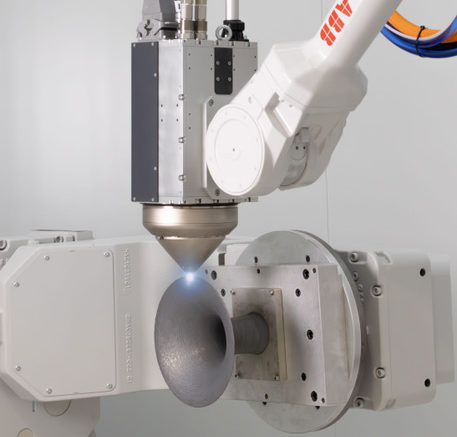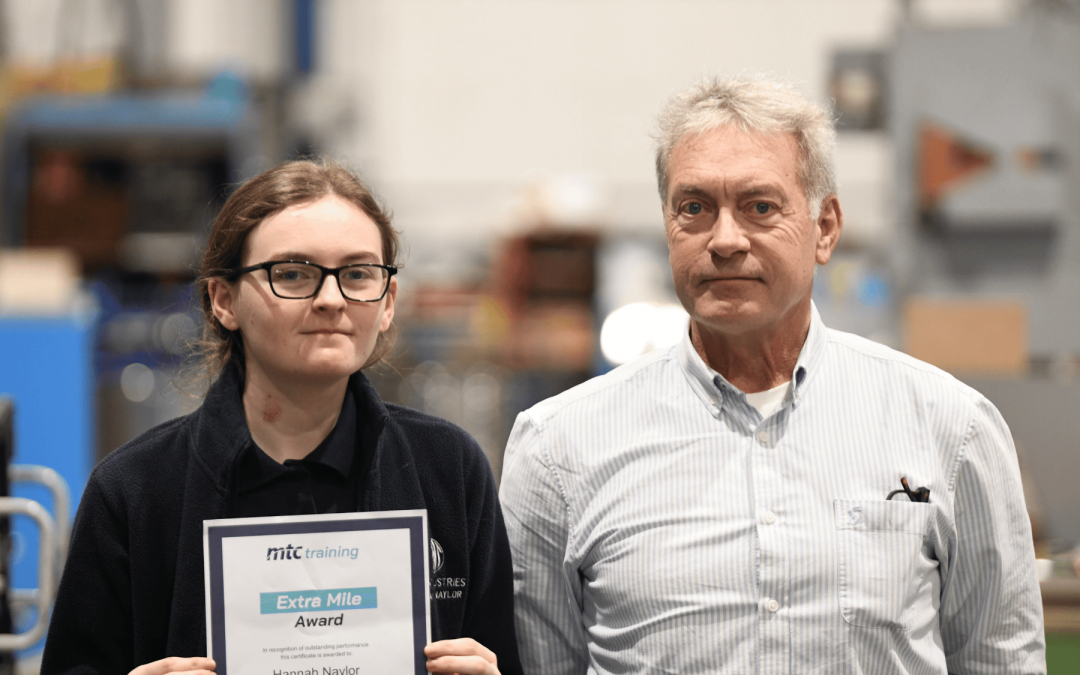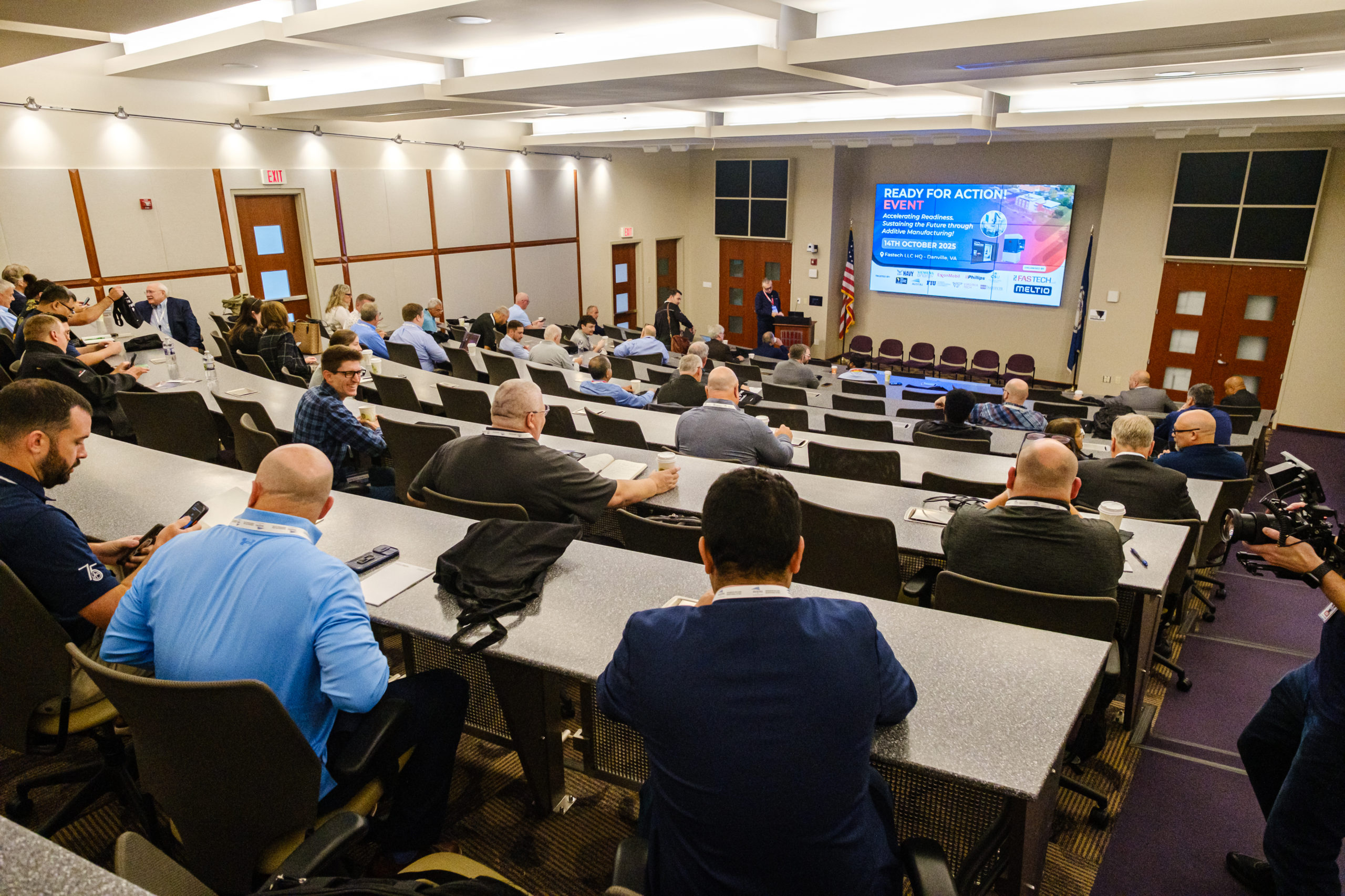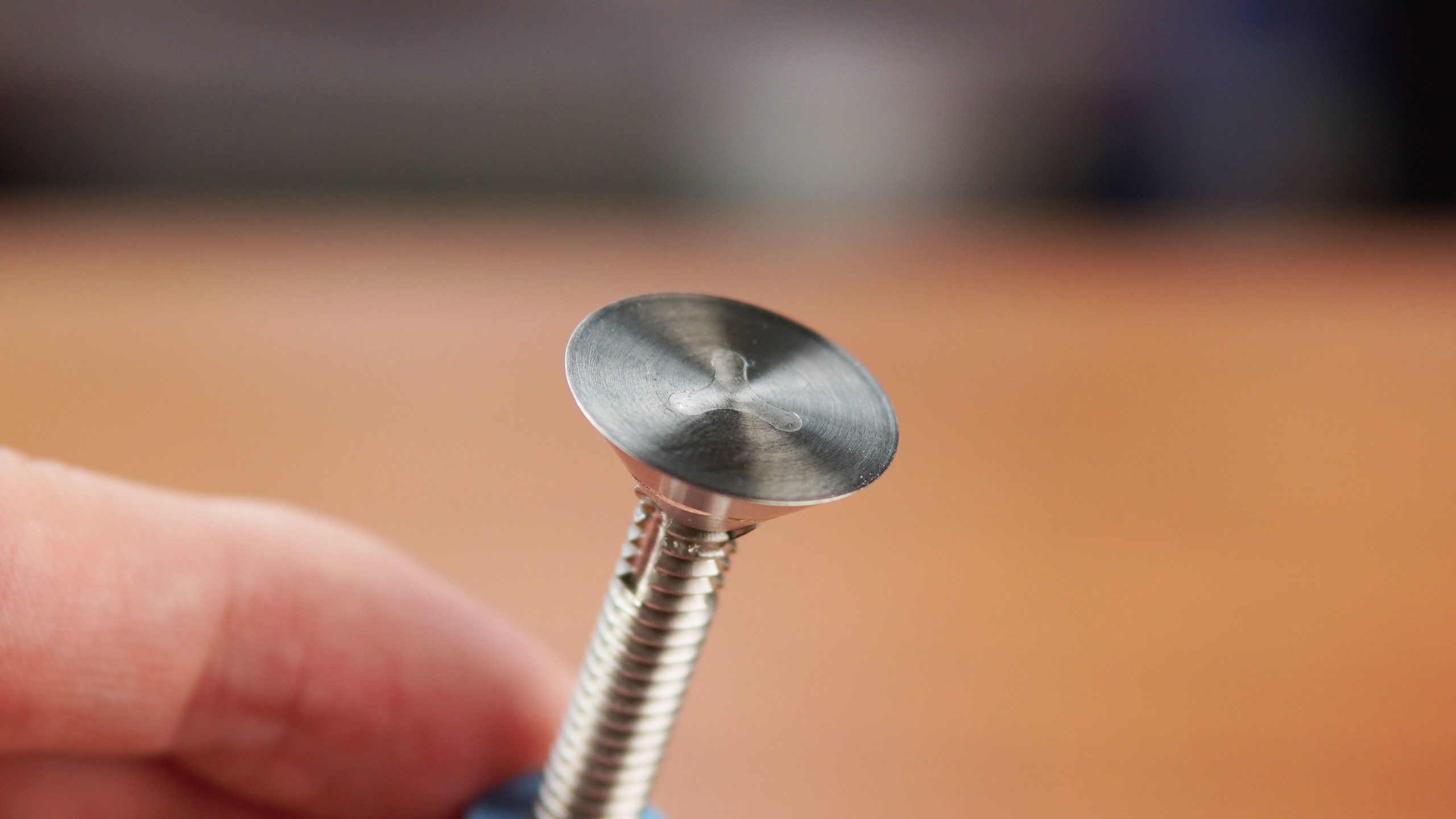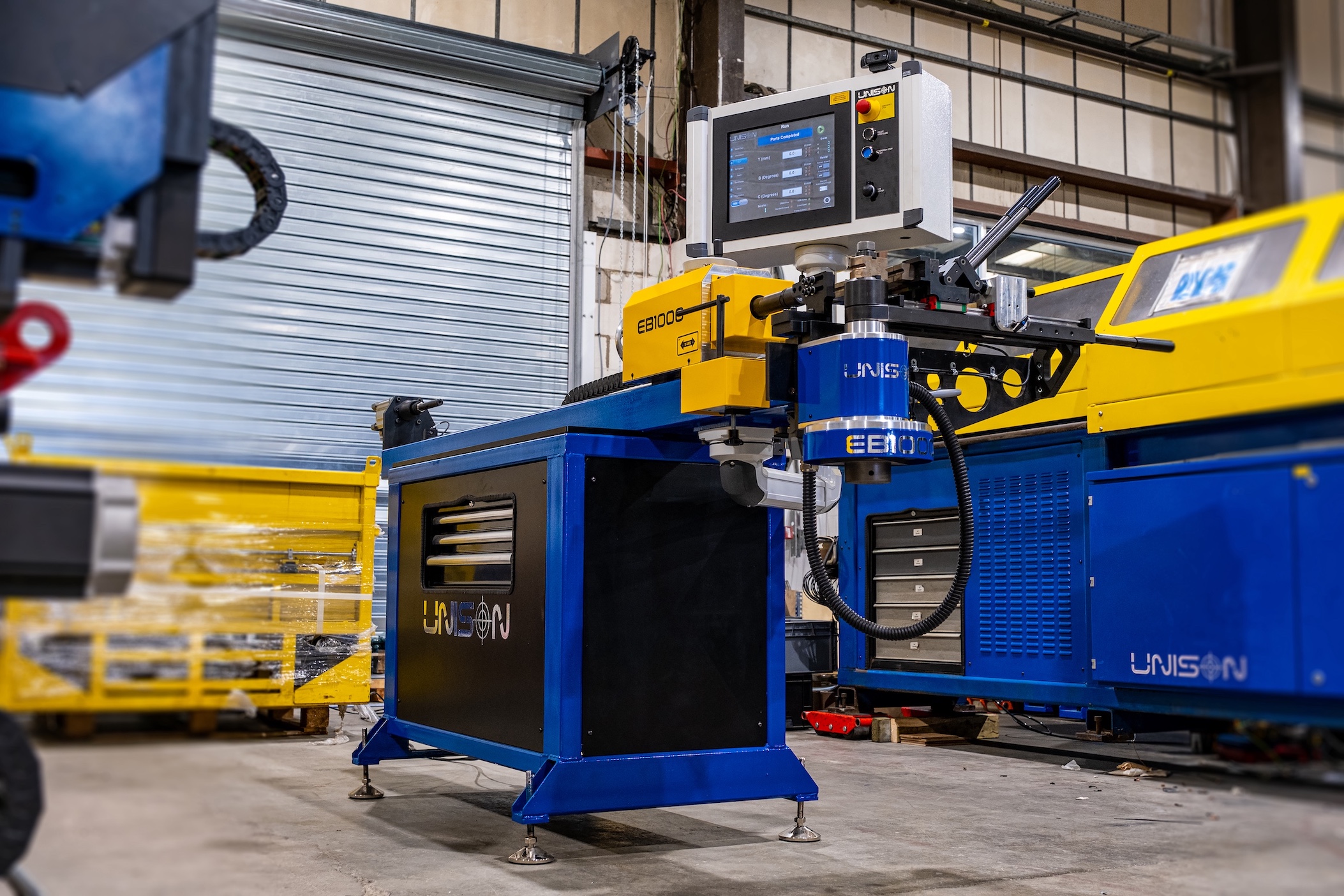Seco unveils its .38 finishing face mill

Seco is launching its .38 finishing face mill system, a selection of cutters engineered for high-precision surface finishing. With ready-to-use simplicity, hybrid flexibility and adjustability, Seco says the system meets the full spectrum of finishing needs.
The .38 finishing face mill/SNFX1204 system offers three cutter variants – fixed pocket, hybrid and adjustable – each tailored to different levels of control and performance. Whether the priority is achieving consistent surface finishes or minimising set-up effort, the system provides a practical and flexible solution.
Offering two insert types to meet different demands – one with an 88° lead angle for near-wall machining and another with a 27° lead angle for high-feed, open-surface work – users can cover a wide range of finishing challenges while keeping operations simple and cost-effective.
- The fixed-pocket cutter (R220.38-….-SN-..SA) is suitable for users seeking effortless handling and set-up-free operations. Its tilted screw design ensures insert self-centring and run-out accuracy of 4-15 µm, making it a cost-efficient solution that reduces operator error and training needs.
- The hybrid cutter (R220.38-….-SN-..CSA) combines fixed and adjustable cassette- pockets, allowing it to function as a fixed pocket tool by default. The cassette inserts act like dedicated wiper inserts for enhanced surface finish and, while adjustment is possible, it’s not required – offering flexibility without added complexity.
- The adjustable cutter (R220.38-….-SN-..HSA) offers high levels of control via fine-tuning capabilities that achieve run-out as low as 0-2 µm for demanding applications where surface perfection is non-negotiable.
“With the .38 finishing face mill system, we’ve focused on making high-performance finishing both easy and dependable,” says Tobias Jakobi, Product Manager Face Milling at Seco. “Ease of handling is essential in finishing operations, and this solution gives users the flexibility to meet varying demands – often with just one system where two might have been needed before.”

